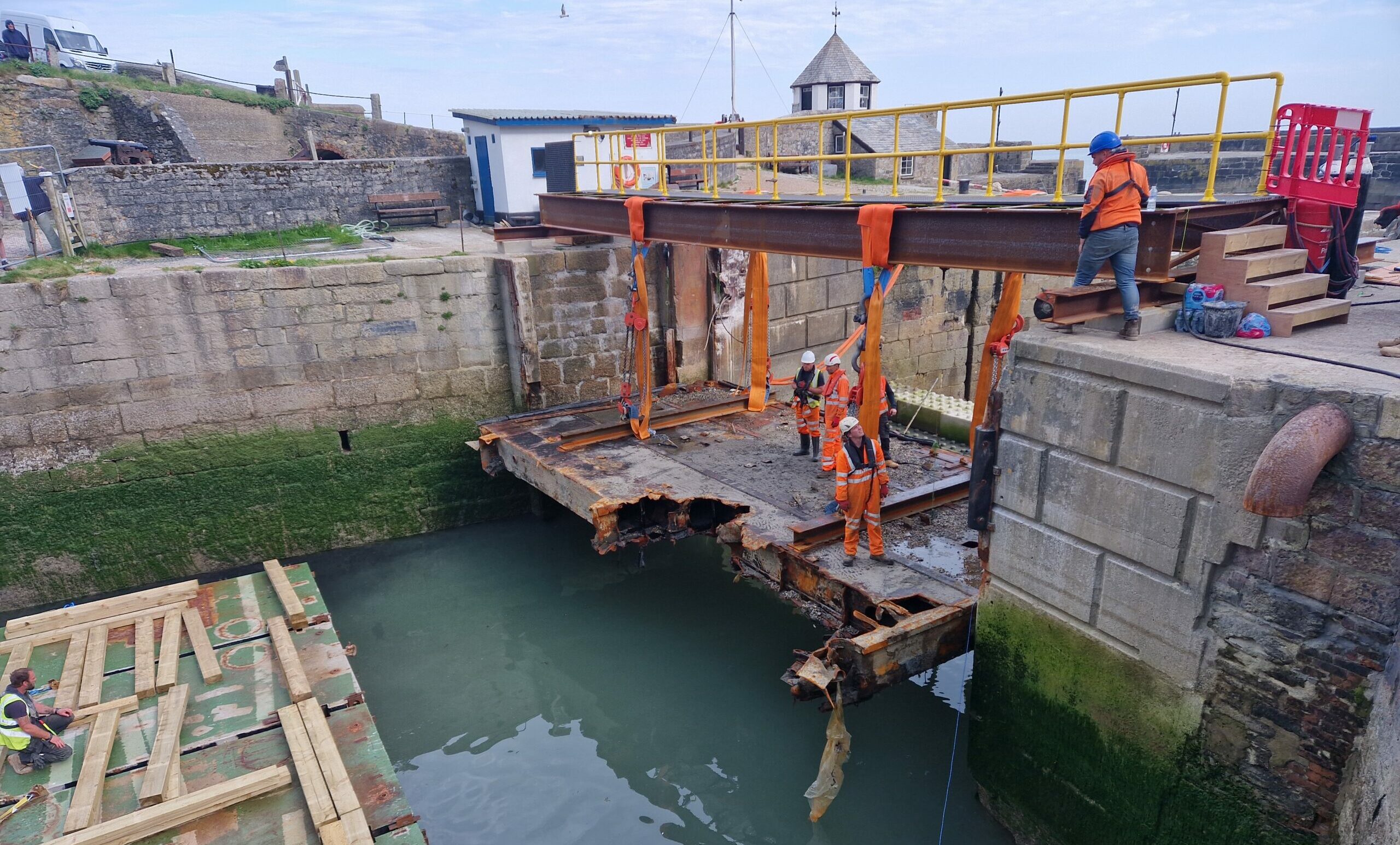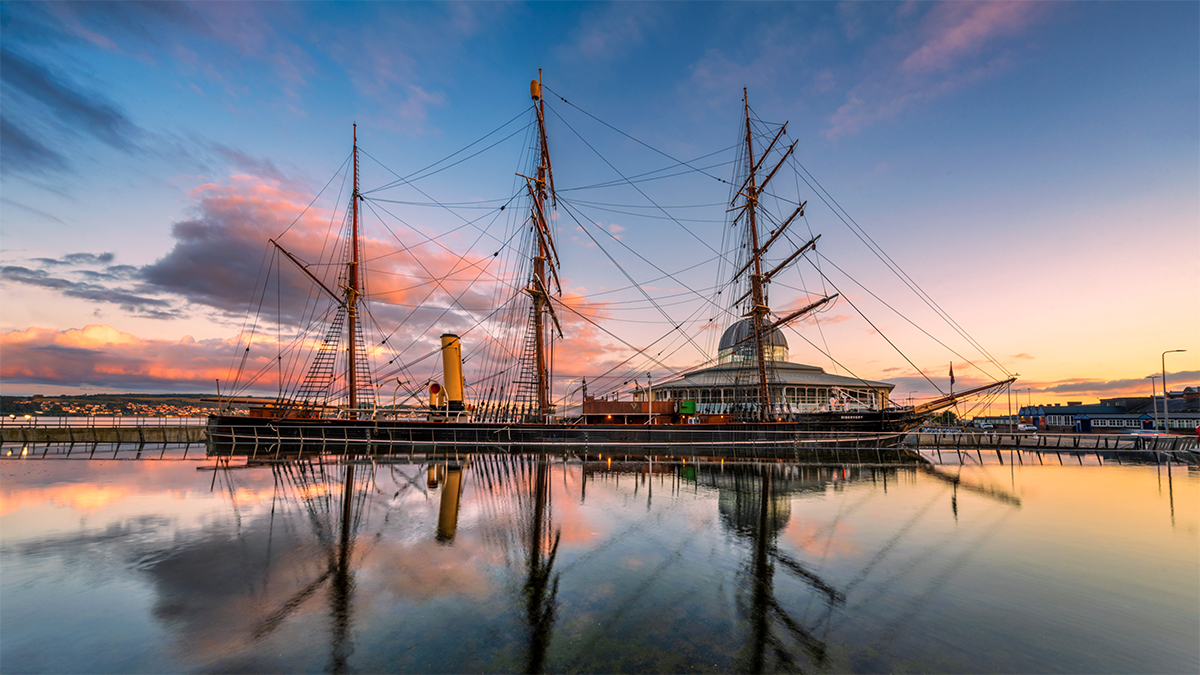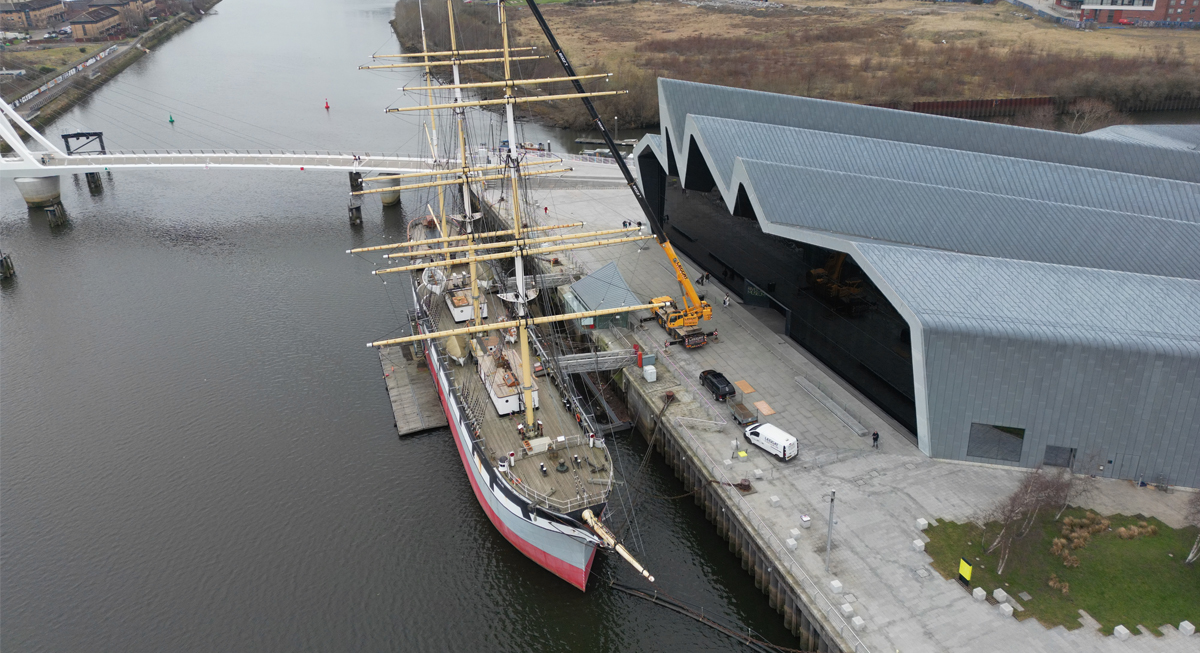Beckett Rankine is uniquely experienced to assess, plan and deliver bespoke conservation initiatives for historic vessels and infrastructure, preserving national maritime heritage for future generations.
Highlighted projects
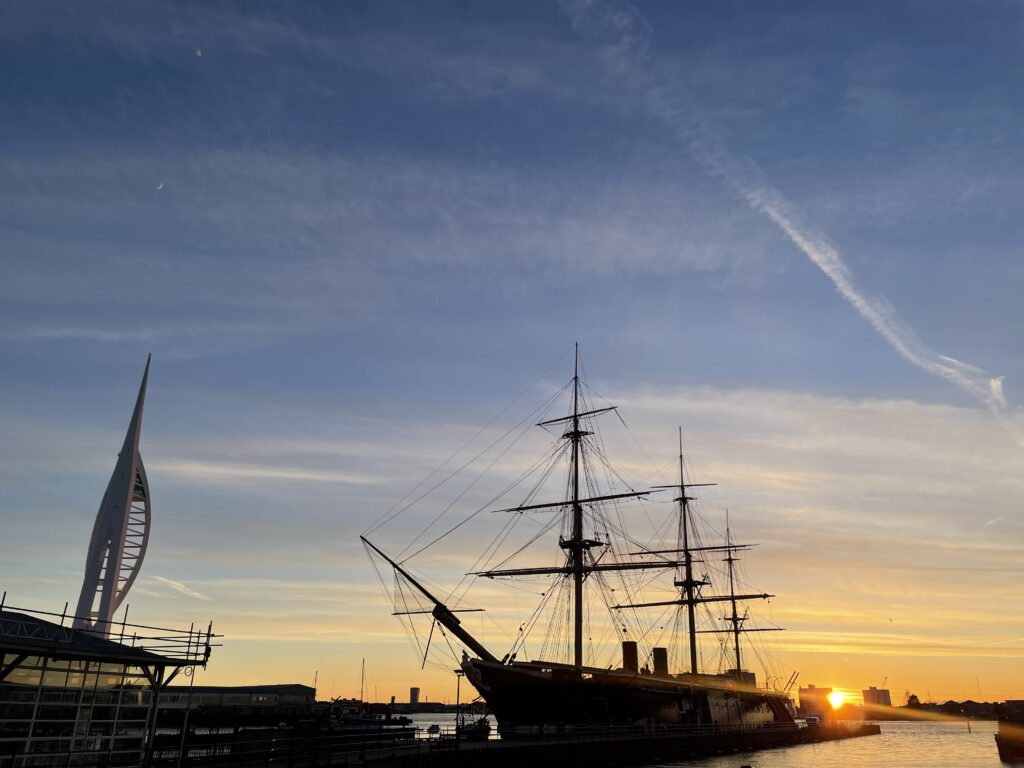
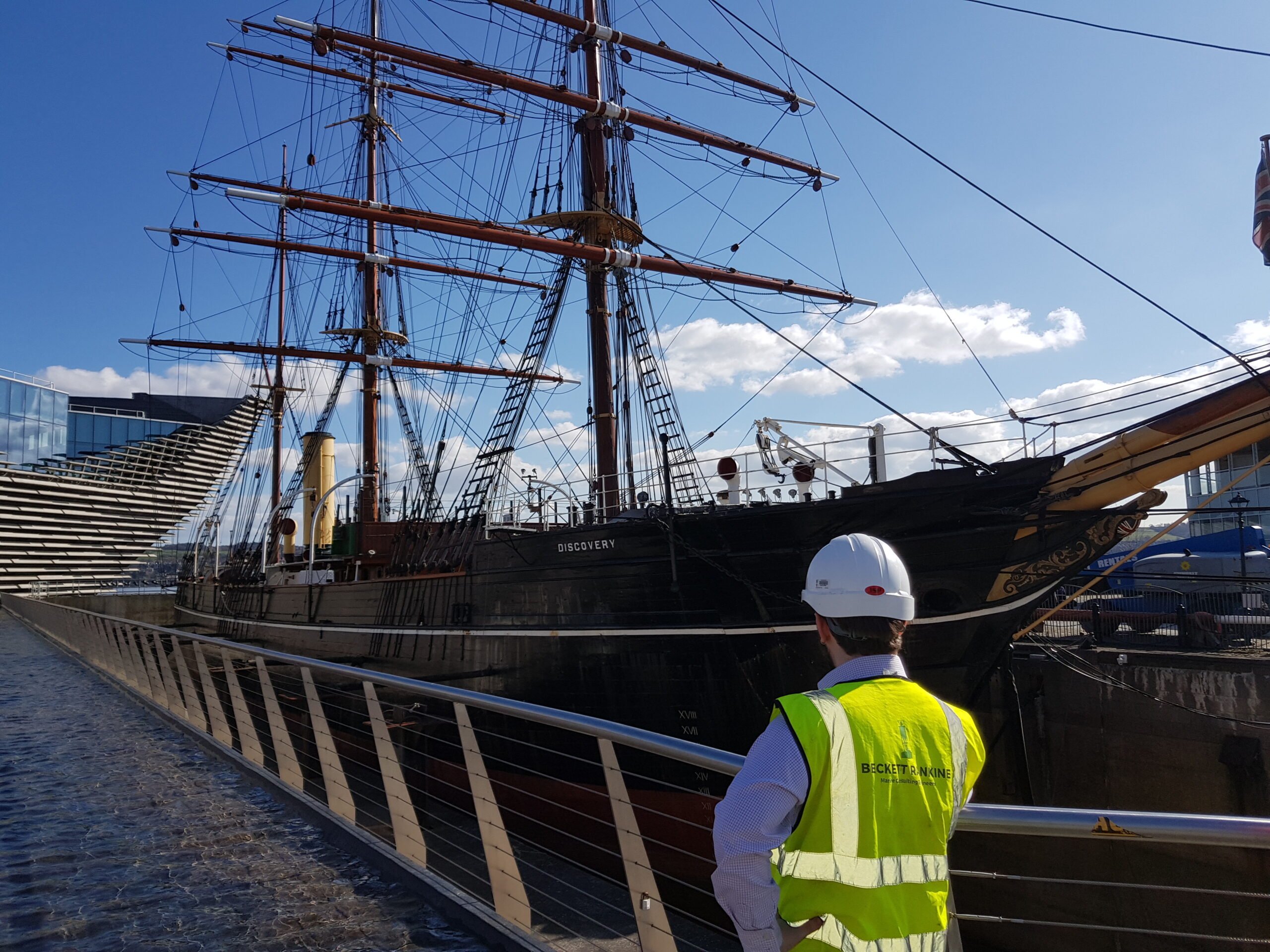
Working closely with heritage organisations, curators, and key stakeholders, we have established a network of relationships that spans a multitude of maritime heritage assets.
We have specific experience in the assessment, conservation and presentation of historic ships. We have worked on a number of historically significant ships, both sail and steam powered, preserved afloat and in dry berths.
For a large number of our projects, we are required to conduct in-depth inspections and analyses of structures. We offer the capability to carry out visual and structural assessments both above and below water. We regularly manage and direct sonar surveys, high-resolution multibeam surveys, drone surveys and more.
See more maritime heritage news
Publications and papers
More related projects
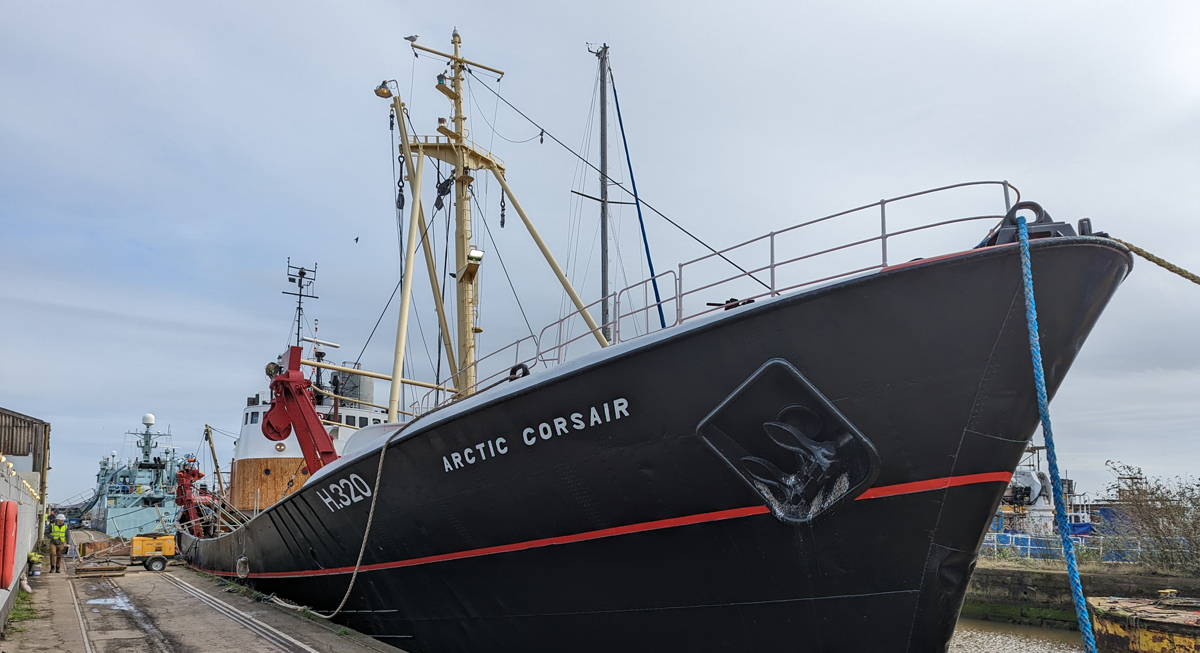
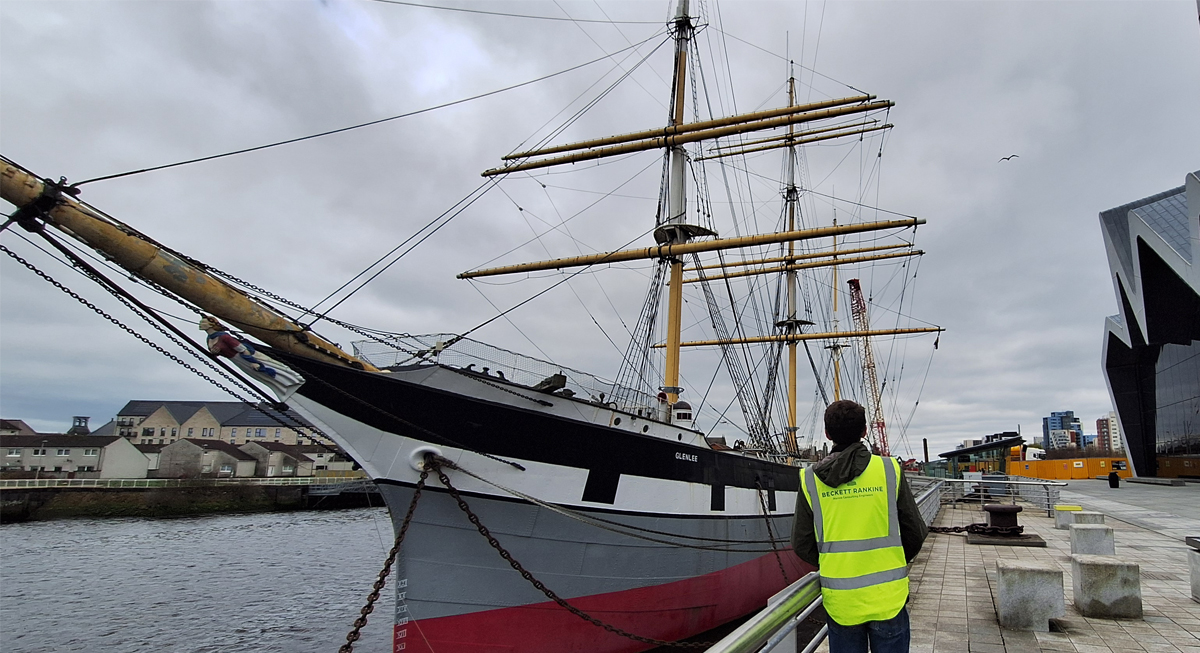
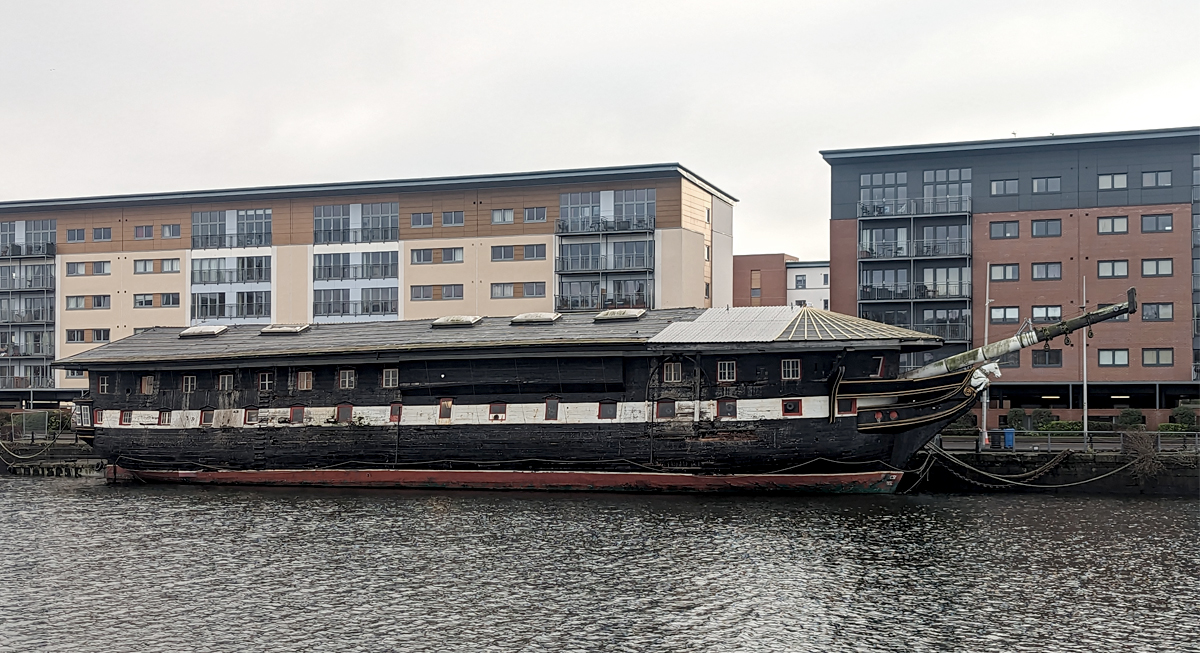
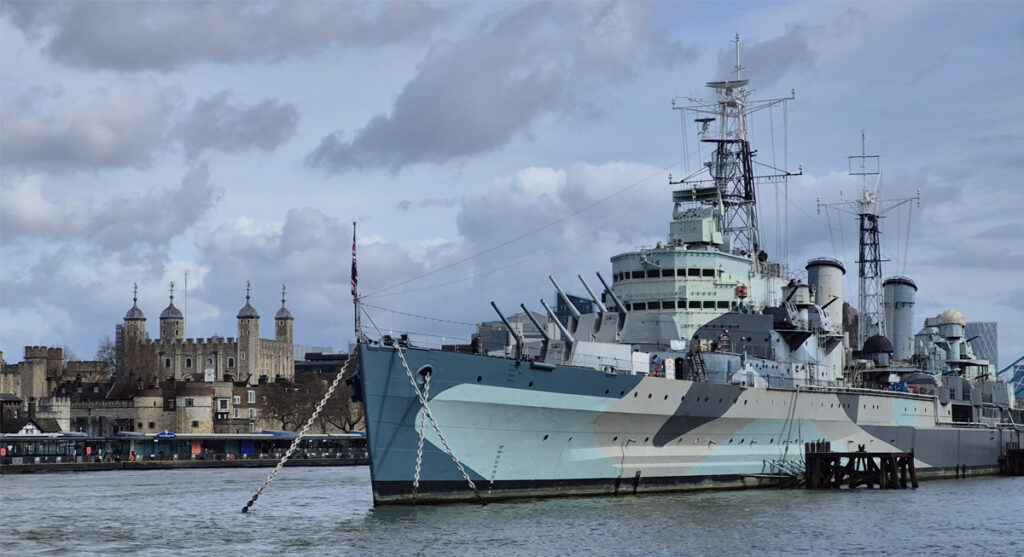
Chatham Caissons
Chatham Commercial Dock is located on the lower reaches of the River Medway in Kent. The dock entrance consists of two locks in which the four caissons are located. These are drawn back into the chamber recesses within the central island between the two locks by means of hydraulically operated geared chains. The 800t gates required refurbishment.
Beckett Rankine were appointed to undertake the development of the marine civil aspects of the Chatham Docks Caisson Refurbishment project, which Peel Ports identified as an urgent requirement. Due to deterioration, replacement and strengthening of existing timber decks was required on all caissons.
Adequate flexibility and strength requirements were assessed taking account of future port operations and the continued need to transit some HGV traffic across the gates. ACME panels were also considered as a potentially durable and lightweight alternative to the more expensive timber solution.
Grimsby Historic Vessels
In 2017, North Lincolnshire Council engaged Beckett Rankine and Wyn Davies to develop a conservation strategy for their three vessels, the motor trawler Ross Tiger, the sailing trawler Esther and the shrimper Perseverance.
The challenges to be dealt with include the fact that the Esther has sunk. We developed a comprehensive, costed, option appraisal for the long term preservation of the three vessels.
SS Polly Woodside
Built in Belfast in 1885, the SS Polly Woodside is a three masted iron hulled barque which is preserved afloat in Melbourne, Australia. Her berth is a, now flooded, dry dock built of timber.
Beckett Rankine were engaged to advise on the ship’s long term preservation and particularly on the works to the dry dock. Our scheme for modifying the dry dock to enable the ship to be periodically docked down for hull maintenance was completed in 2009.
Cutty Sark preservation
The Cutty Sark was designed to bring tea over from China. She was launched in 1869 with a design life of 30 years, and as a result, she was showing serious signs of corrosion in the composite iron frame and timber plank hull. Action had to be taken so that the famous landmark did not disintegrate with the power of the river water.
Beckett Rankine proposed several techniques to preserve the Cutty Sark. These include electrolysis, replacement of damaged parts, and mechanical cleaning. The works are essential so that this major tourist attraction can survive for a further 50 years without any need for more repair.
As the electrolysis could damage the timber planking, the planks had to be removed when this process is carried out. The ship, weighing in excess of 1,000 tons, was lifted and supported by a framework that does not cause any damage to the structure, so an exhibition can be created underneath.
PSS Wingfield Castle
The Wingfield Castle is a rare paddle steamer with Ro-Ro capability. The ship was originally built as one of three Humber ferries but is the only one left in its original condition.
Our work for the owner, Hartlepool Council, included condition surveys, including diving survey, preparation of a Conservation Management Plan, a relocation options study including drydocking and storage on land as well as the production of a costed schedule of works.

